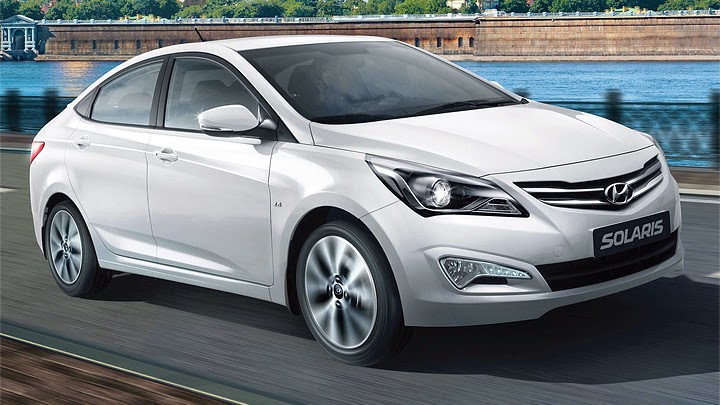
The reason for such diverse strategy is not exactly strange: Hyundai wants to have the best possible products for each type of customer. They are fewer at upscale markets because building a strong image is a huge priority for those. So it is important to invest on making one single car good enough to compete with any of its direct rivals from any of the markets on which it is supposed to be offered. Cheaper ones, on the other hand, are much more dependable on both rational and regional values, such as which prices are possible to ask, how much technology is available at each country and what are the particular preferences of its public. Solaris, for instance, exists only in Russia so as to stand apart from its own second generation, which is still produced there as Accent.
Nevertheless, since this is the same car sold in many other countries, it is very likely that Solaris’s changes will reach its siblings soon. Speaking of which, the biggest news are restricted to the front fascia: both hatchback and sedan followed Hyundai’s recent trend of investing on a more discreet interpretation of Fluidic Sculpture. Those Veloster-inspired cues were abandoned in favor of more regular shapes for both lights and air intakes. The result might not look as impactful as the previous one, but it is also true that it takes benefit from the old design rule of regular shapes aging more slowly than extravagant ones. Besides, this enables it to remain competitive for a few more years before needing an all-new substitute, which is always important for entry-level cars.






Other changes include some LEDs for the tail lights (the headlights received them as DRLs) and new reflectors at the lower portion. The cabin, in turn, remained the same. Since the Russian market offers the old-generation Accent as a cheaper option, Solaris was freed to receive some of the items which have appeared on most modern vehicles for the past few years: the dashboard attempts to look elegant by combining the omnipresent black to some matte chrome inserts and the central console on its piano variation. The equipment list, at the upscale trim at least, concentrates information and entertainment functions at a multimedia central, whose touchscreen stays on the center of the dashboard and combines virtual and physical controls.
When it comes to powertrain, Solaris’s 1.6L engine was not touched. The differences concern its transmissions, which can be manual or automatic: the first option dropped the five-speed gearbox in favor of a six-speed, while the other did the same with the outgoing four-speed one. Hyundai Solaris is produced in the Russian city of Saint Petersburg, and is one of the most honored foreign vehicles of that market.